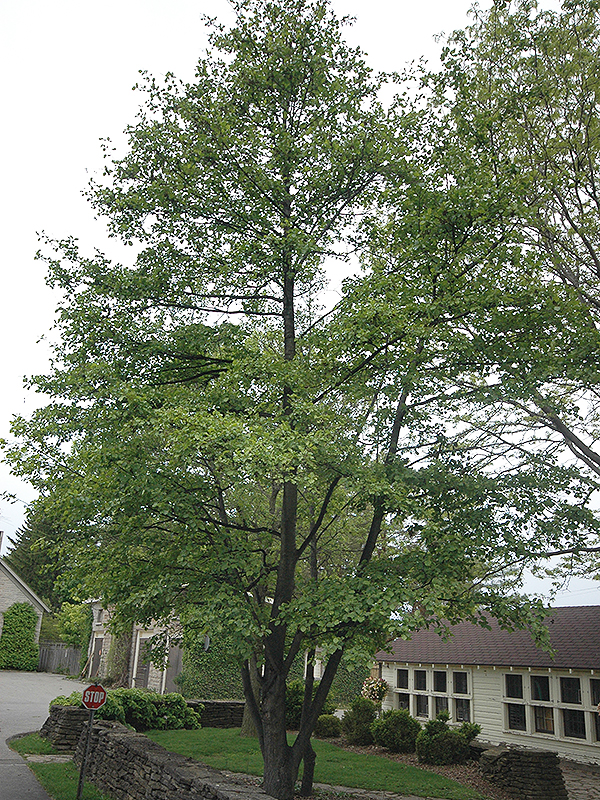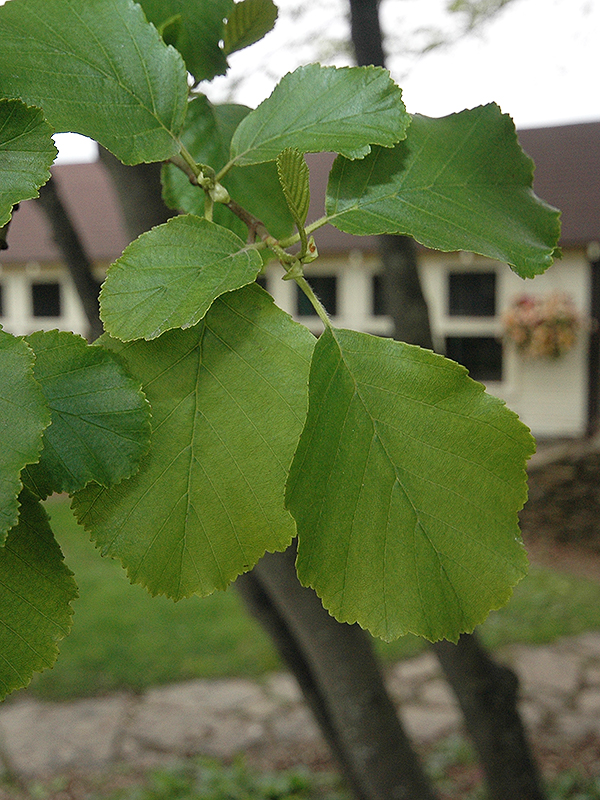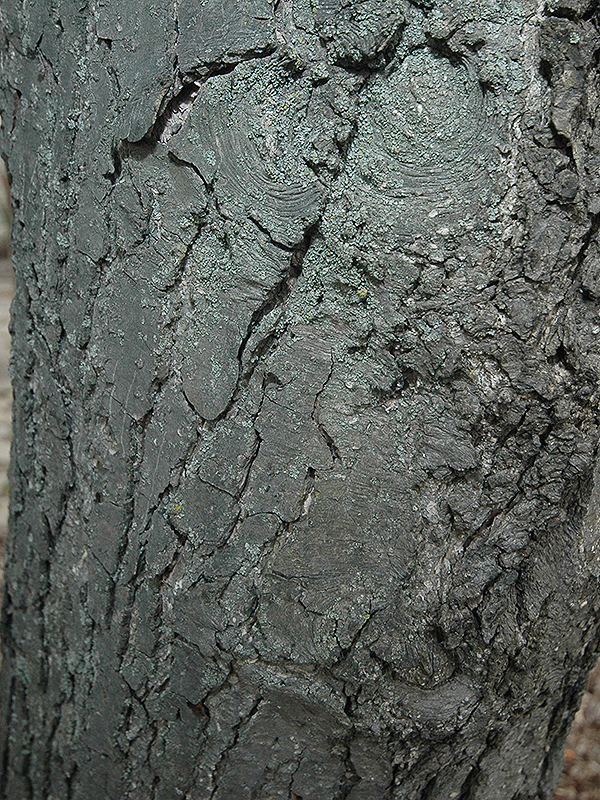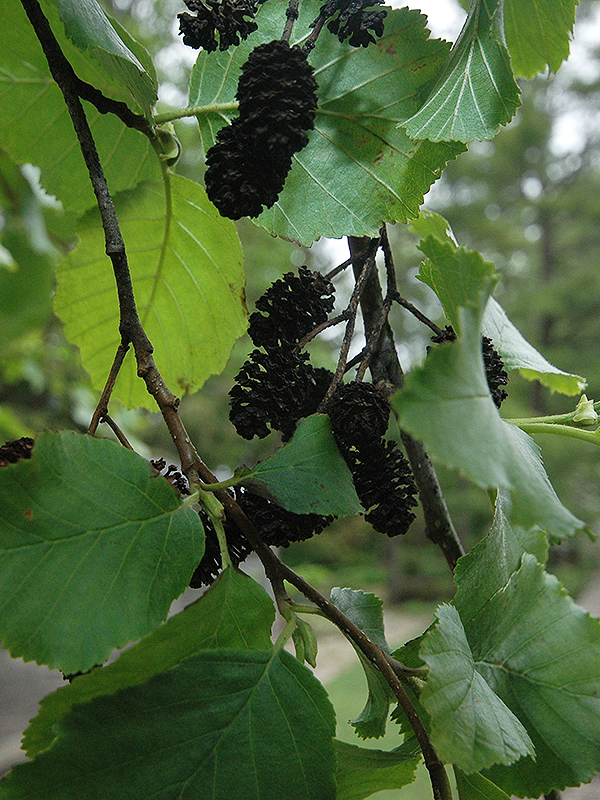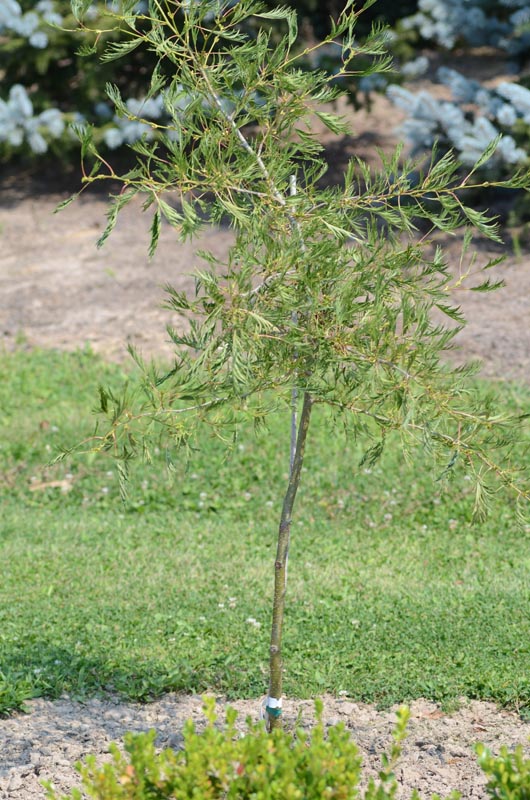
Woody > Alnus > Alnus glutinosa > Alnus glutinosa
Alnus glutinosa
Common Alder
Origin: Indigenous to Europe, western Asia and Northern Africa
| Family |
| Betulaceae |
| Genus |
| Alnus |
| Species |
| glutinosa |
| Category |
| Woody |
| Type |
| Tree (deciduous) |
| Pronunciation |
| USDA Hardiness Zone |
| 4a - 7a |
| Canadian Hardiness Zone |
| 5a - 8a |
| RHS Hardiness Zone |
| H7 - H4 |
| Temperature (°C) |
| -34 |
| Temperature (°F) |
| -30 |
| Height |
| 12 -18 m |
| Spread |
| 6 -12 m |
Photographs
Description and Growing Information
Flowering Period
| General Description |
| Often shrubby in nature. Small trees usually pyramidal in shape. This species has been placed on the IUCN Red List as least concern. |
| Landscape |
| Perhaps used for wet sites where not much else will grow. Alongside highways, in parks and other open areas. Does well in infertile areas and has the ability to fix atmospheric nitrogen. |
| Cultivation |
| Transplants readily; prefers moist or wet soil but performs well in dry soils as well. Tolerant of acid or slightly alkaline soils. Prune in winter or early spring. |
| Growth |
| Medium |
| ID Characteristic |
| Leaves toothed, about as long as broad, many of them with a shallow notch at the tip. Buds are purple. |
| Pests |
| Powdery mildew attacks the female strobili but this is rarely serious. Cankers can be a problem. Woolly alder aphid, alder flea beetle, alder lace bug, leaf miner, sawfly and tent caterpillar. |
| Habitat |
| Grows along river and stream banks, marshy woods and woodlands. |
| Bark/Stem Description |
| Young bark is often a lustrous grey-green or greenish brown and changes to polished brown with age. |
| Flower/Leaf Bud Description |
| Stalked, 6 mm to 1.3 cm in length, reddish or reddish purple, appearing valvate. |
| Leaf Description |
| Alternate, simple, 5 - 10 cm long, 8 - 10 cm wide, oval of orbicular to suborbicular, rounded or emarginated at apex, usually broad cuneate, very gummy when young, coarsely and doubly serrate, dark green, glabrous. |
| Flower Description |
| Monoecious, reddish brown male flowers in 5-10 cm long catkins, 3-5 together; rather handsome but seldom noticed by most individuals; purplish females borne in a distinct egg-shaped strobile. |
| Fruit Description |
| Nutlet, borne in persistent 8mm to 1.7 cm long ovoid strobile, on 3 mm to 2.5 cm long peduncles. |
| Colour Description |
| Dark glossy green in summer, autumn colour does not occur as the leaves abscise green or brown. |
| Texture Description |
| Medium in leaf and in winter. |
| Notable Specimens |
| Niagara Parks Botanical Gardens, Niagara Falls, Ontario, Canada. Whistling Gardens, Wilsonville, Ontario, Canada. |
| Propagation |
| Seed requires a cold period and 3 months at 5°C or autumn sowing should suffice if seed is placed in a coldframe. |
